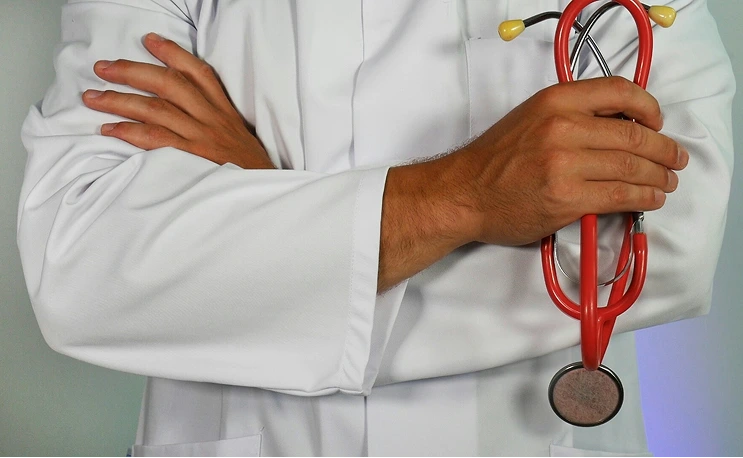For severe, rigid scoliotic curves (typically >75 degrees) or cases with significant sagittal imbalance, a combined anterior and posterior approach may be necessary to achieve optimal correction. This comprehensive strategy utilises the advantages of both approaches – anterior surgery provides powerful release and structural support, while posterior instrumentation delivers the primary corrective forces. The combined technique is particularly valuable for skeletally immature patients with severe deformities or adults with rigid curves.
This is a combined approach, which usually starts from the anterior, wherein the robotic system guides thorough disc removal with the placement of structural grafts intended to enhance flexibility and induce solid fusion. After anterior surgery is completed, the patient is repositioned for the posterior stage. Using upgraded intraoperative imaging, the robotic system creates an updated 3D map that includes the changes from the anterior procedure.
Robotic guidance is then used for the precise placement of the pedicle screws that are of utmost significance in these tough cases where the anatomy is distorted. The very high accuracy in the placement of the screws allows the application of very high corrective forces with a low risk of inadvertent neurological injury. This concerted two-staged procedure maximises correction while optimising the fusion potential in the most challenging deformity cases.

